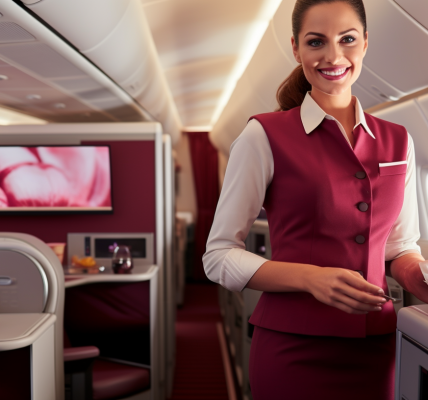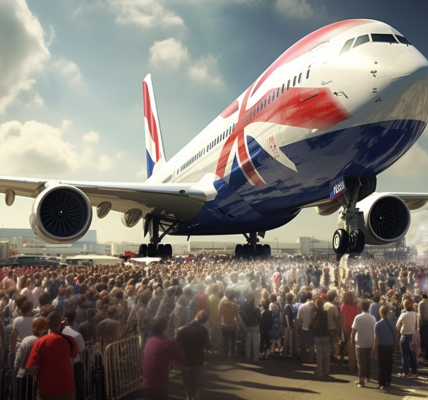In the world of aviation, the terms ‘pilot’ and ‘co-pilot’ are often used interchangeably by the general public. However, in the professional realm, these roles are distinctly different and carry unique responsibilities and duties. This article aims to shed light on these differences and provide a deeper understanding of the roles of the Captain and the First Officer, also known as the co-pilot.
The Captain’s Role
The Captain, often referred to as the pilot, is the commander of the aircraft. They bear the ultimate responsibility for the safety of the passengers, crew, and the aircraft itself. The Captain’s duties encompass all aspects of flight safety, including pre-flight checks, weather assessments, flight planning, and piloting the aircraft to its destination. In the event of an emergency, the Captain may delegate routine tasks to the First Officer while managing the situation.
The First Officer’s Role
The First Officer, colloquially known as the co-pilot, is the second-in-command on the flight deck. Contrary to popular belief, the First Officer is not an apprentice but a fully qualified pilot who shares flying duties with the Captain more or less equally. The First Officer assists the Captain in all aspects of flight, including working on the radios and navigation computers. If the Captain needs a break on a long flight, the First Officer might take over, or they might switch tasks on each leg.
Shared Responsibilities
While the Captain has the final authority, both the Captain and the First Officer share the responsibility of flying the aircraft. This includes performing takeoffs and landings, adjusting flight plans as needed, and participating in the decision-making process. In some situations, the Captain may delegate hands-on flying duties to the First Officer, allowing the Captain to focus on communications, troubleshooting, and coordinating checklists.
Career Progression
A First Officer can become a Captain when their seniority standing allows it. However, not every First Officer wants to become a Captain right away. Airline seniority bidding is a complicated process, and a pilot can often have a more comfortable quality of life — salary, aircraft assignment, schedule, and choice of destinations — as a senior First Officer than as a junior Captain.
FAQ
What is the difference between a Captain and a First Officer?
The primary difference between a Captain and a First Officer is the level of authority they possess. The Captain is in charge of the aircraft and has the final say in all matters related to flight safety. The First Officer assists the Captain and carries out the Captain’s orders.
What are the qualifications needed to be a Captain or a First Officer?
Both Captains and First Officers must have a Commercial Pilot Licence (CPL) and a valid medical certificate. However, Captains must also have the necessary experience and ratings, such as instrument and night ratings, to be able to fly in different weather conditions and types of terrain.
What does ‘pilot flying’ and ‘pilot not flying’ mean?
In aviation, ‘pilot flying’ refers to the pilot who is currently controlling the aircraft, while ‘pilot not flying’ or ‘pilot monitoring’ refers to the pilot who is assisting and monitoring the flight but not directly controlling the aircraft.
What is a ‘second officer’?
A ‘second officer’, also known as a flight engineer, is a role that was common on older planes. They would occupy a third cockpit station and assist with various flight duties. This role is less common on modern aircraft.
Glossary
– Captain: The pilot in command of an aircraft, responsible for all aspects of flight safety.
– First Officer: Also known as the co-pilot, the second-in-command who assists the Captain in operating the aircraft.
– Commercial Pilot Licence (CPL): A type of pilot licence that permits the holder to act as a pilot of an aircraft and be paid for their work.
– Seniority Bidding: A system used by airlines to allocate schedules, aircraft types, base transfers, promotions, and vacation time based on the length of a pilot’s service.
– Second Officer: Also known as a flight engineer, a role on older planes that assisted with various flight duties.




